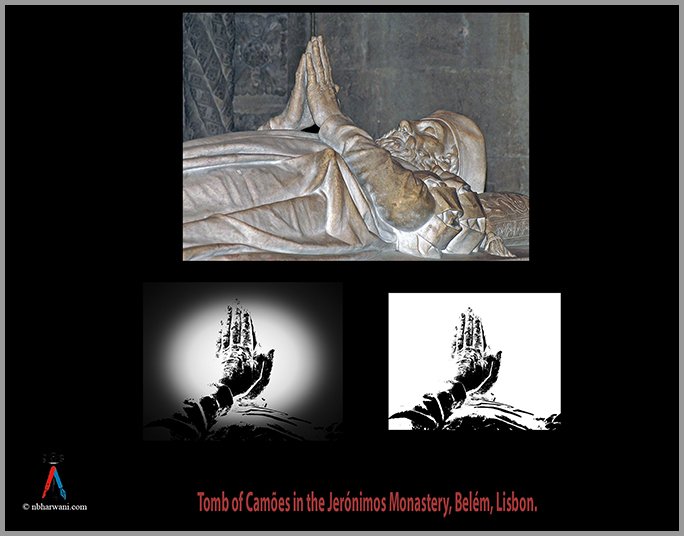If you look at the spine you wonder how it was created.
Spine is a column of bones (vertebrae) held together by muscles, tendons and ligaments and cushioned by shock-absorbing disks. If you have a backache then the problem can be in any one or more of the elements forming your spine.
Low back pain is one of the most common and costly musculoskeletal problems in modern society. It is experienced by 70 to 80 per cent of adults at some time in their lives.
Your symptoms can vary from simply being an annoyance or it can be excruciating and disabling pain.
Good news is most back pain goes away on its own or with some medical treatment within four weeks. Surgery usually isn’t needed and generally is considered only if other treatments are not effective.
Most common reasons for strains and sprains are improper lifting, poor posture and lack of regular exercise. In one article, I saw a list of 19 causes of back pain. Some common problems are herniated disk, obesity, osteoarthritis, osteoporosis, poor posture, sciatica, spinal fractures, spinal stenosis and sprains.
When do you need tests like X-ray, CT scan, or MRI?
According to the guidelines in Choosing Wisely, most people with low back pain do not need these tests because these tests do not help.
There are three reasons why you should not rush into getting these tests. First, most people with lower-back pain feel better in about a month. Second, people who get these tests do not get better faster compared to people who took over-the-counter pain medicine and followed simple steps, like walking, to help their pain. Lastly, these tests lead to surgery and other treatments that you do not need.
That does not mean imaging test for back pain is a bad idea. In some cases, you may need an imaging test right away.
For example, if your back pain is associated with weight loss that you cannot explain, fever over 39 degrees C, loss of control of your bowel or bladder, loss of feeling or strength in your legs, problems with reflexes, and if you have a history of cancer.
These symptoms may suggest nerve damage or a serious problem such as cancer or an infection in the spine. If you do not have any of these symptoms, Choosing Wisely recommends waiting a few weeks for x-rays.
How much bed rest is too much?
For many years, getting bed rest was the normal advice. However, newer data have shown that there is little to no role for bed rest in the treatment of low back pain.
Research suggests if you find comfortable positions and move around sometimes, you may not need bed rest at all. Research also shows more than 48 hours of bed rest may actually increase pain, by increasing the stiffness of the spine and the muscle.
The sooner you start physical therapy or return to activities such as walking, the faster you are likely to recover.
A study published in 2015 by Furlan AD et al (Massage for low back pain) found massage therapy has the potential to minimize pain in the short term and speed return to normal function. More study is required to see if massage has long-term benefits.
According to Harvard Men’s Health Watch, yoga is a gentle practice that is ideal for maintaining back strength and flexibility. It’s also one of the more effective tools for helping reduce low back pain. It should be done gently and carefully.
The benefits of yoga go beyond muscles. The slow movements and the continuous focus on proper breathing can improve the emotional aspect of back pain by helping to lower stress and alleviate anxiety and depression.
It is important to keep moving to maintain muscle strength and flexibility. With bed rest, you lose about one per cent of your muscle strength each day. And you can lose 20 to 30 per cent in a week. Then it is harder to return to regular activity.
Most people with lower-back pain should apply heat or ice. Some people can get pain relief from an over-the-counter anti-inflammatory medication.
Start reading the preview of my book A Doctor's Journey for free on Amazon. Available on Kindle for $2.99!



